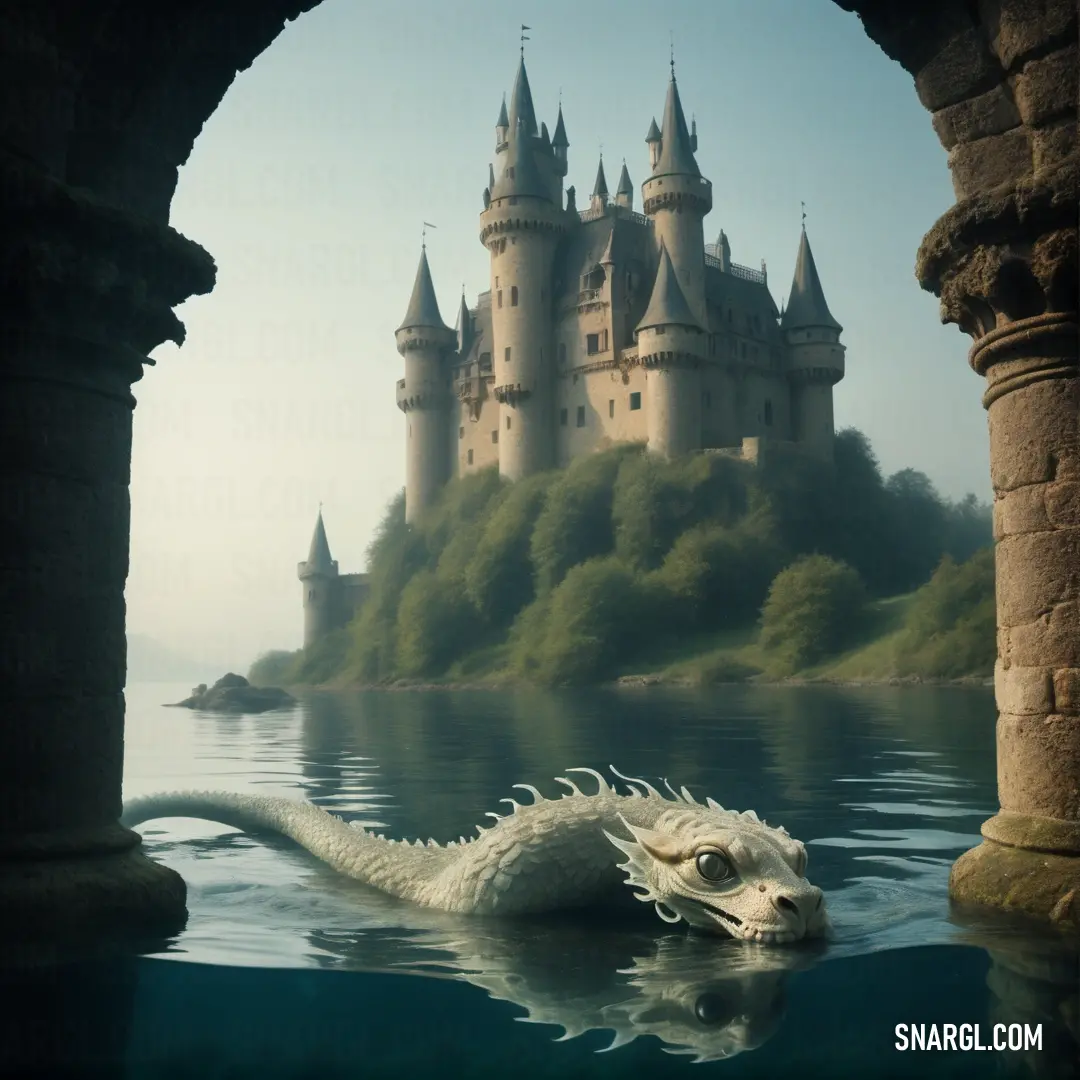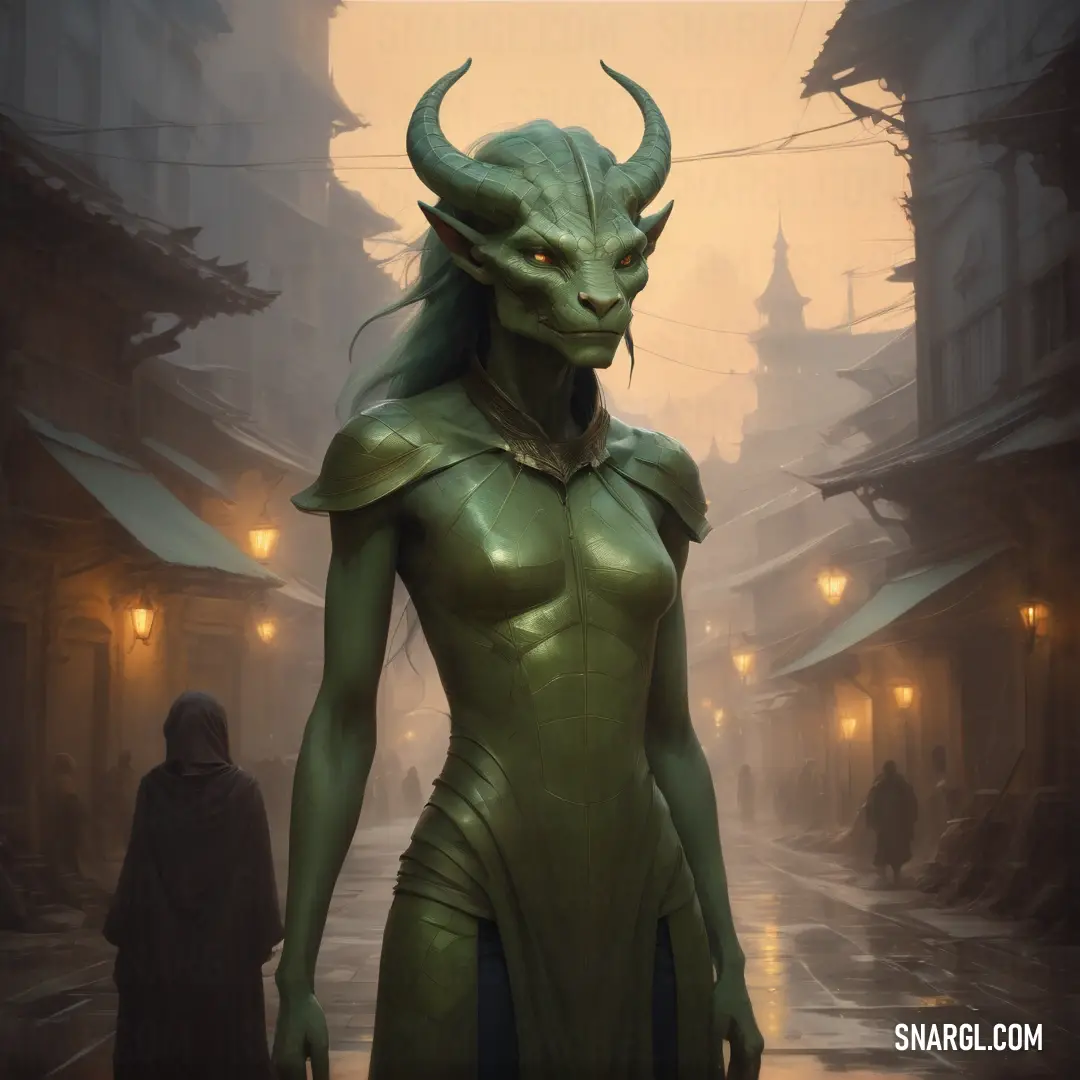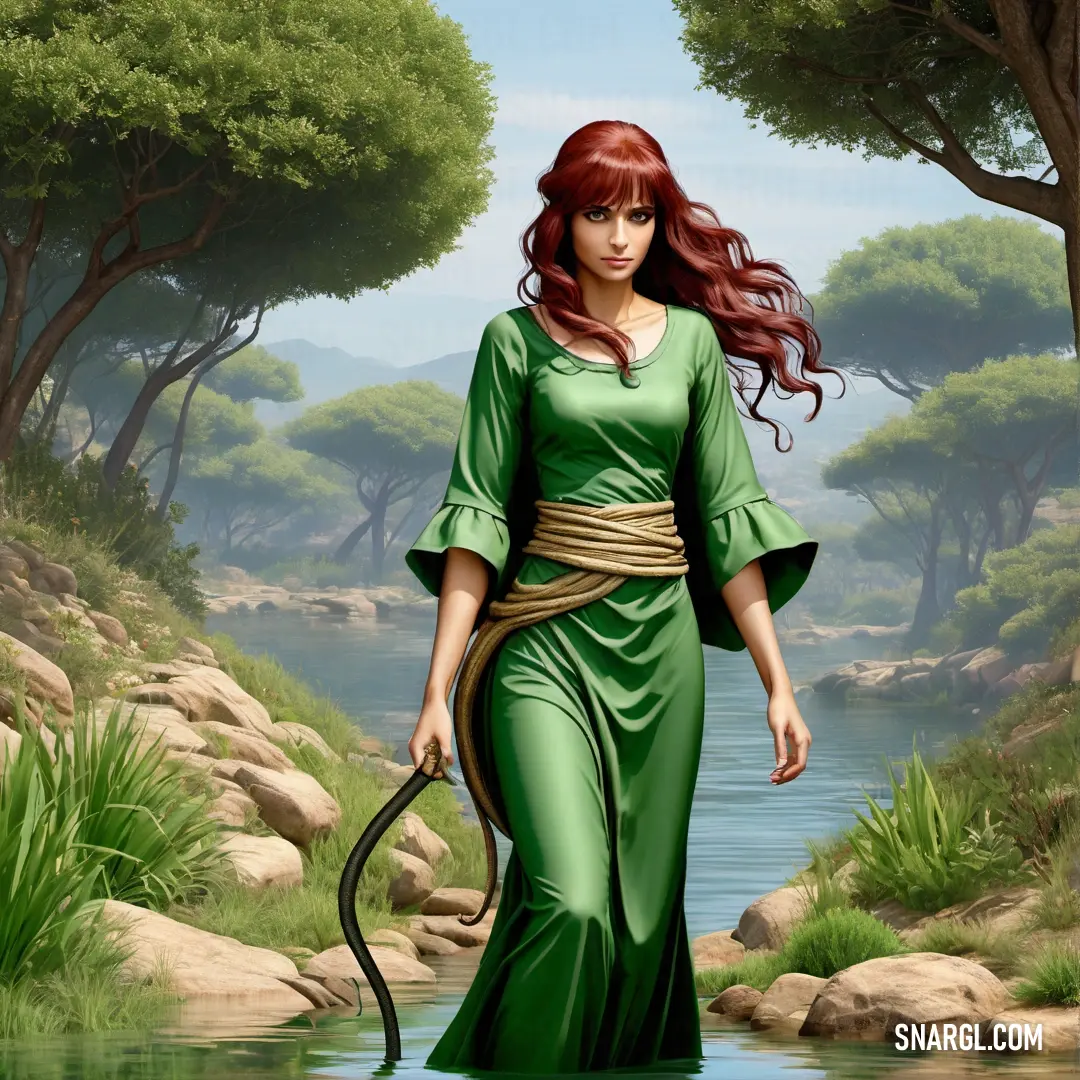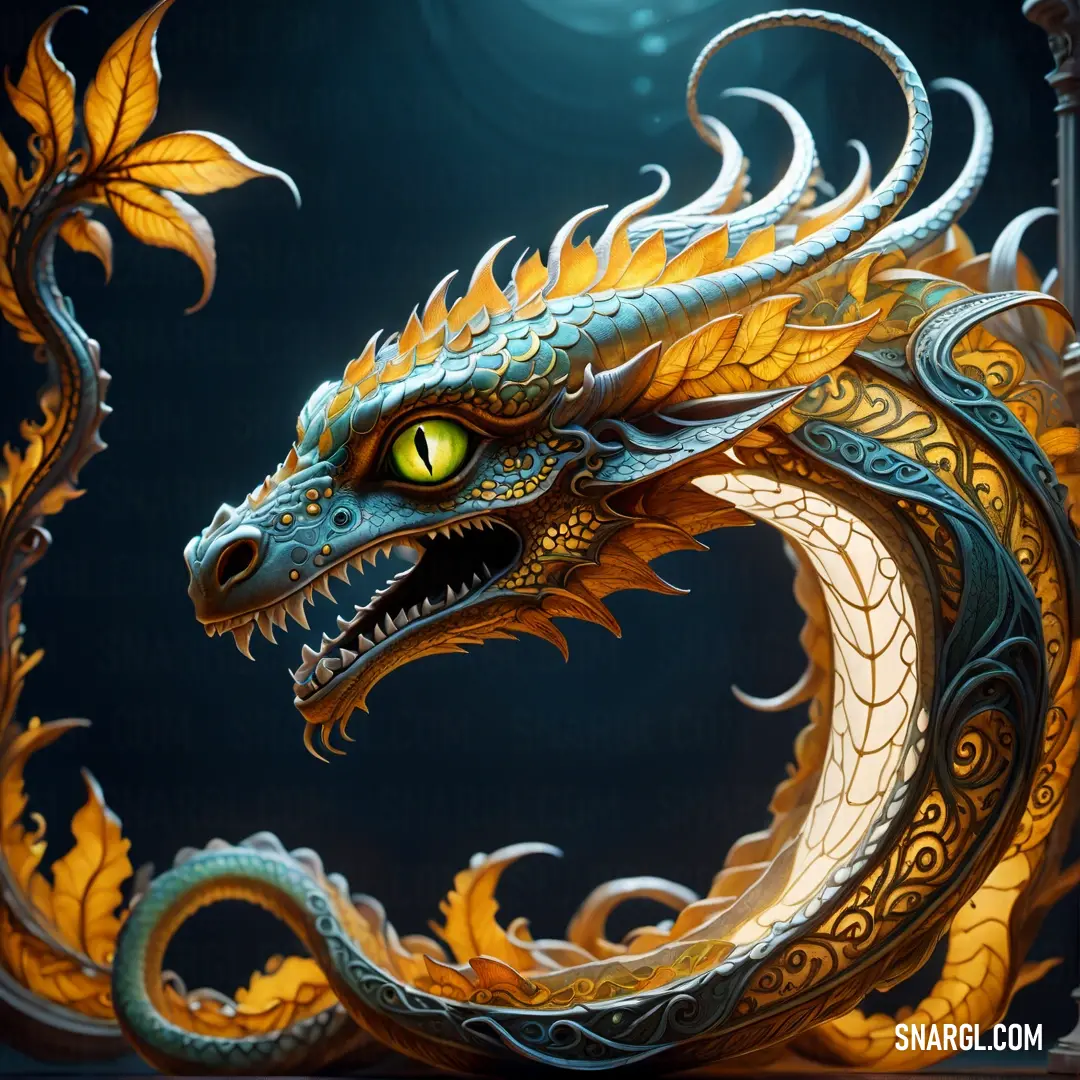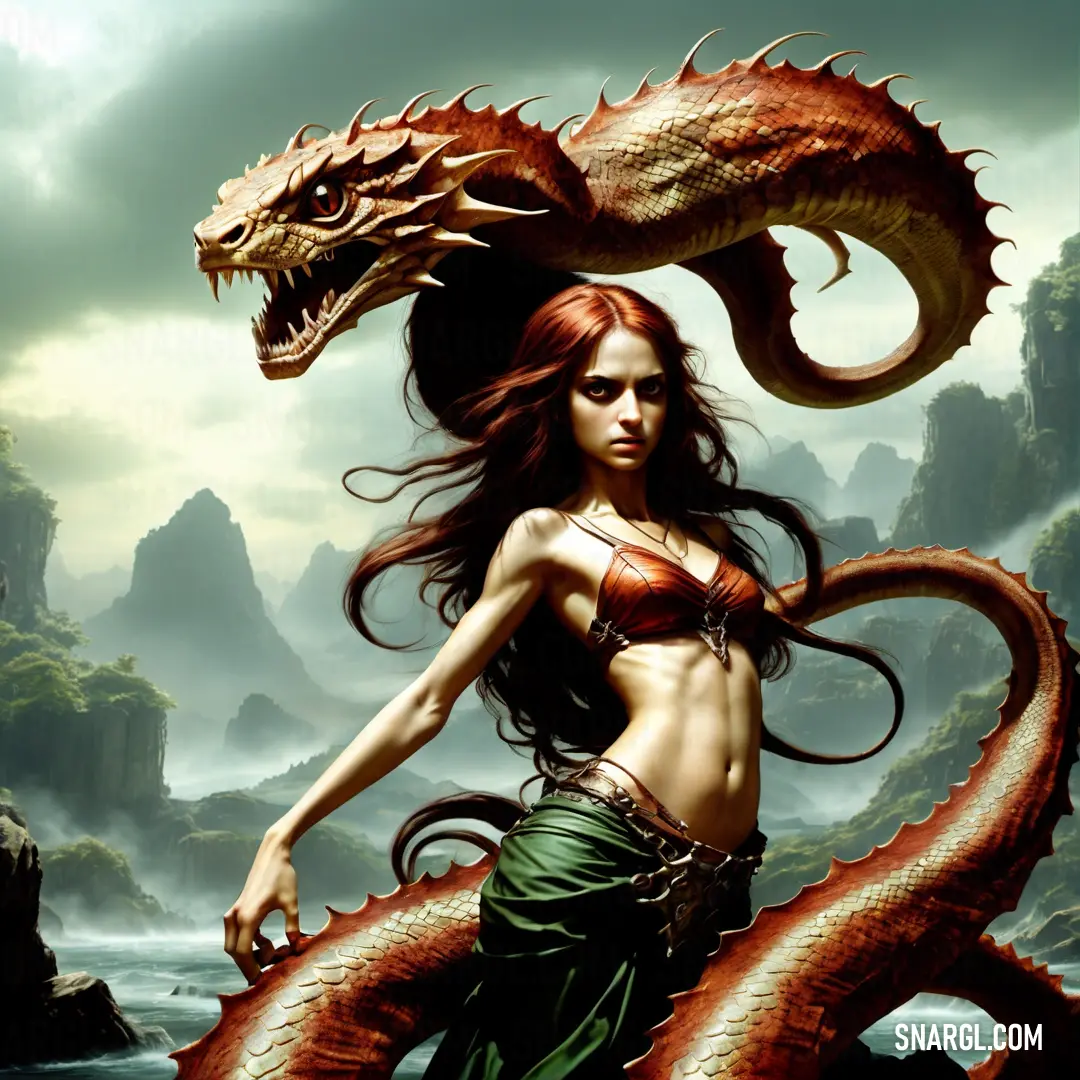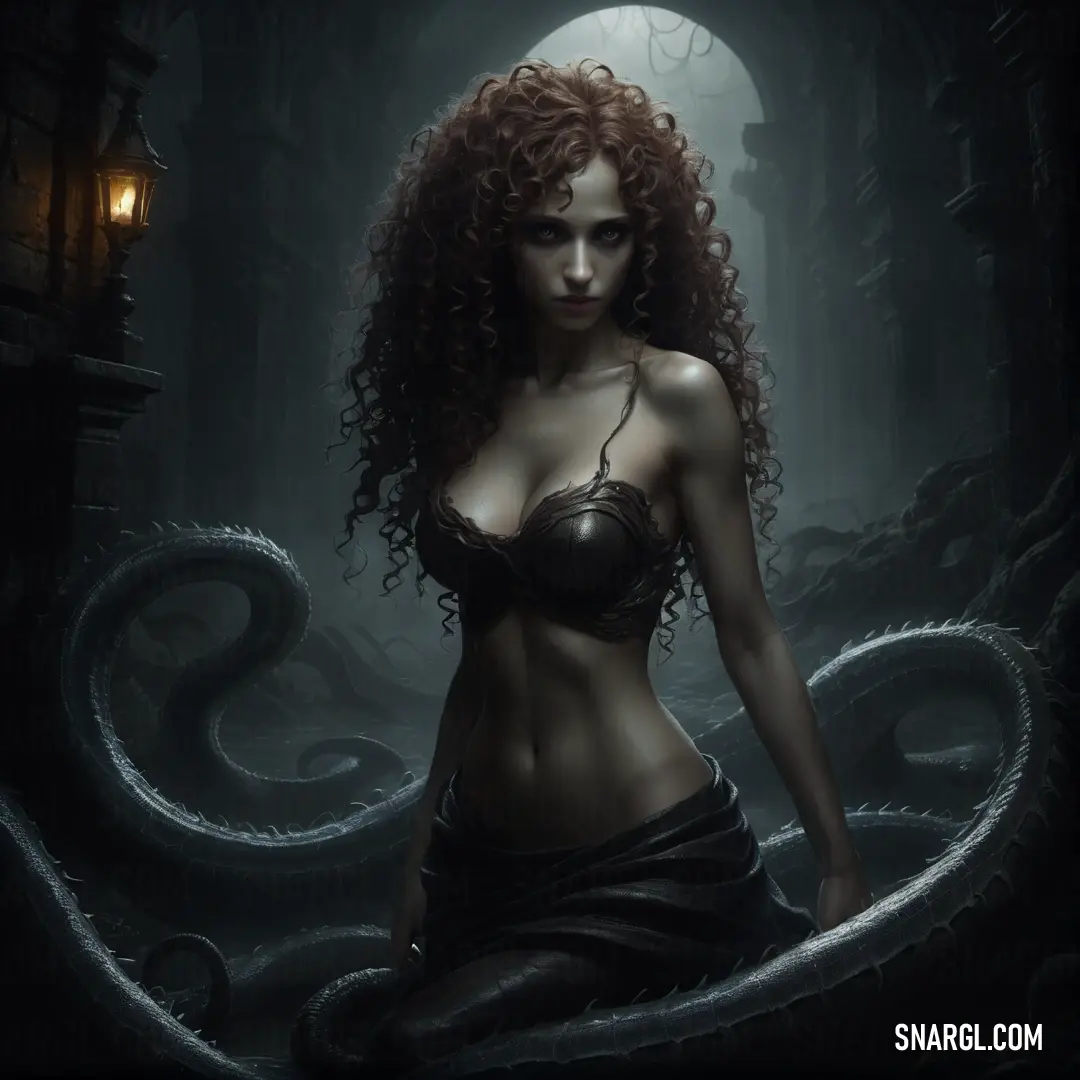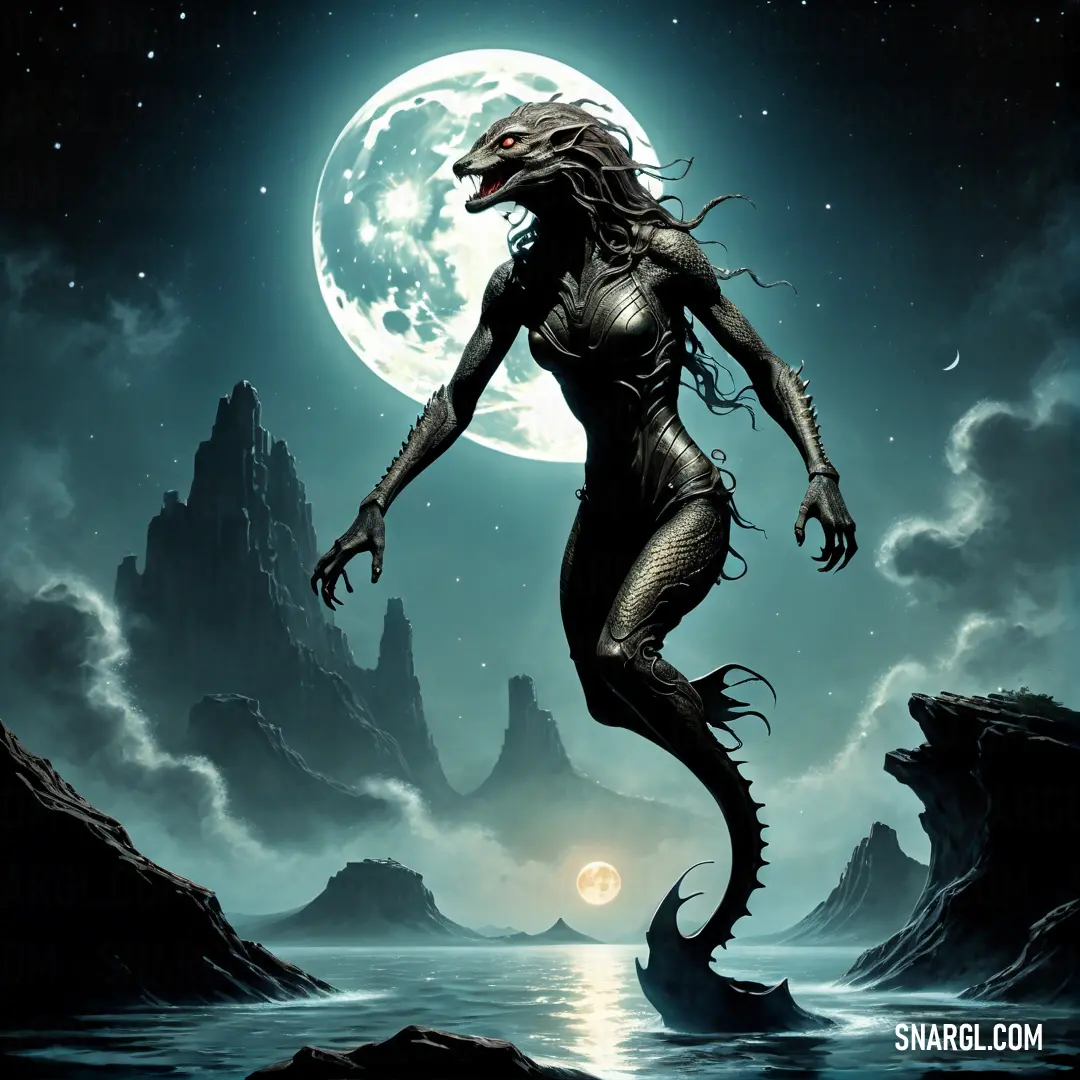Long ago, in the forgotten days when the world was young, before mortals walked the earth and the stars had yet to find their places in the heavens, there was only the great Sea of Dreams. It was said that this sea was woven from the threads of fate and life itself, with every drop of water holding within it the essence of future beings and their destinies. Beneath this boundless sea, the primordial gods slumbered, neither awake nor at rest, their dreams shaping the world in erratic, uncontrolled bursts of creation.
At the center of this ocean of existence, on a floating island of silver sand, lived Sylissia, the first-born daughter of the Sea, a being of immense power and unquenchable curiosity. She was unlike the gods who slumbered beneath the waves, for Sylissia was both part of the Sea and something beyond it. Her form was ever-shifting - one moment, she was a creature of terrifying beauty, her body a shimmering serpent with wings of crystal light; the next, she was a woman of ethereal grace, with eyes that held the stars yet to be born.
Sylissia lived in harmony with the Sea of Dreams, reveling in the countless shapes she could take, until one fateful day, a new feeling stirred within her - a hunger, a longing for something more than the endless cycle of transformation. Her shapeshifting abilities no longer brought her joy but only an emptiness that she could not name.
Seeking answers, Sylissia dove deep into the heart of the Sea, where the dreams of the gods were thickest. There, she found the sleeping forms of the primordial deities, their dreams a swirling mass of energy, leaking out into the Sea, creating islands, beasts, and even the stars. Yet amidst their slumber, she heard whispers of something darker - a prophecy hidden within their dreams. It spoke of a time when one of the gods would awaken too soon, a god of hunger, desire, and destruction. His name was forgotten, even in the oldest of myths, but he was known by a single title:
Vorathis, the Devourer.
Vorathis would not be content to shape the world from dreams, as his siblings did. Instead, he would seek to consume it, piece by piece, until nothing remained but himself. Sylissia, realizing the danger, was filled with a terrible resolve. She could not allow Vorathis to awaken. She would have to find a way to keep him imprisoned, to ensure the safety of the world to come.
But Sylissia was young, and her power was still untested. She knew that even with all her shifting forms, she could not match the strength of a god destined to devour all. So, she made a decision - a choice born from desperation. She would draw upon the darkest part of the Sea of Dreams, the black waters where forgotten nightmares slumbered, those dreams the gods themselves had discarded.
She descended to the deepest abyss, where the light of creation no longer reached, and there she found the
Well of Nightmares, a vortex of swirling chaos and shadow. Knowing the danger, she hesitated for only a moment before plunging her hand into the well. The moment she touched it, an ancient and malevolent force surged through her, twisting her very essence. Her once-beautiful forms became grotesque, monstrous shapes that defied nature - a reflection of the nightmares she now harbored within.
From her corrupted power, a legion of twisted creatures began to emerge, their forms blending those of beasts and humans in horrifying ways. These were the
Shapeshifters, beings who could shift between the beauty of mortals and the horror of monsters at will. Among them were the first of their kind - the
Lamia, cursed with a serpent's lower body and the face of a woman, doomed to hunger for the life force of mortals.
In her new form, Sylissia felt both power and torment. The nightmares had given her the strength to keep Vorathis imprisoned, but they had also bound her to the darkness she had unleashed. She no longer walked freely upon the silver sands of her island, but instead was chained to the Well of Nightmares, her form forever split between the divine and the monstrous.
As time passed, Sylissia's Shapeshifters spread across the forming world. The Lamia became known as predators of the night, feeding on the fear and life of men. But they were not alone - others had been born from Sylissia's transformation. The
Werewolves, half-man, half-beast, who hunted beneath the light of the full moon. The
Harpies, whose wings carried the winds of death, and whose songs lured sailors to watery graves. The
Chimera, creatures made of many beasts, each a symbol of the chaos Sylissia had unleashed.
But not all Shapeshifters were bound to darkness. Among them were those who sought balance, creatures who could shift between human and beast but chose to walk the line between the two worlds. These were the
Druids, able to commune with nature, transforming at will to protect the earth from those who would harm it.
Despite the Shapeshifters' diversity, all shared a common thread: they were creatures born of Sylissia's choice, born of both light and shadow, and they carried within them the legacy of the Sea of Dreams and the Well of Nightmares.
The gods, still slumbering beneath the Sea, remained unaware of what had transpired. But within their dreams, Vorathis stirred. He could feel the shifting currents of power, the creation of beings not of his making, and though Sylissia had delayed his awakening, she had not stopped it entirely. One day, he would rise, and the Shapeshifters would face the choice to defend the world from him or join him in his endless hunger.
As for Sylissia, she remains bound to the Well of Nightmares, her eternal form a fusion of beauty and horror, watching over the world she had both protected and cursed. She waits in the shadows, knowing that when Vorathis finally wakes, her children - the Lamia, the Werewolves, the Harpies, and all the others - will be the world's last defense against the coming darkness.
And so, the legend of Sylissia, the Mother of Shapeshifters, lives on, whispered in the winds of the forests and the howls of the beasts at night. It is said that those who still walk the line between light and dark carry her spirit, ever-shifting, ever-changing, a reminder that even in the deepest nightmare, there is the potential for salvation.

